The “War with the Upper Moons” arc in Demon Slayer: Kimetsu no Yaiba is one of the most intense and unforgettable sections of the entire series, filled with high-stakes battles, emotional character moments, and world-changing events. This arc marks the ultimate showdown between humanity’s last line of defense, the Demon Slayer Corps, and Muzan Kibutsuji’s elite Upper Moons, the most powerful demons after Muzan himself. In this article, we’ll dive deep into the war with the Upper Moons, exploring key moments, character developments, and the incredible artwork that makes this arc stand out.
Let’s analyze what makes this epic battle one of the best in manga history, and why it resonates so strongly with fans of all ages, especially the Gen Z audience.
The High Stakes of the War with the Upper Moons

A Battle Between Humanity and Absolute Darkness
In the final war, the Demon Slayer Corps stands on the brink of annihilation, and every confrontation with an Upper Moon could be their last. This high-stakes setup gives the arc an intense urgency and keeps readers on the edge of their seats.
The Mission to Eliminate Muzan Kibutsuji
The ultimate objective of this battle is to bring down Muzan Kibutsuji, the Demon King himself. Each Upper Moon acts as a massive obstacle between the Demon Slayers and Muzan, and eliminating them is critical for humanity’s survival.

An Army of Elite Warriors Versus Unmatched Demons
The Upper Moons are no ordinary enemies; each possesses unique and terrifying abilities, honed over centuries. Only the most skilled and resilient Demon Slayers have any hope of defeating them, making the battles both thrilling and unpredictable.
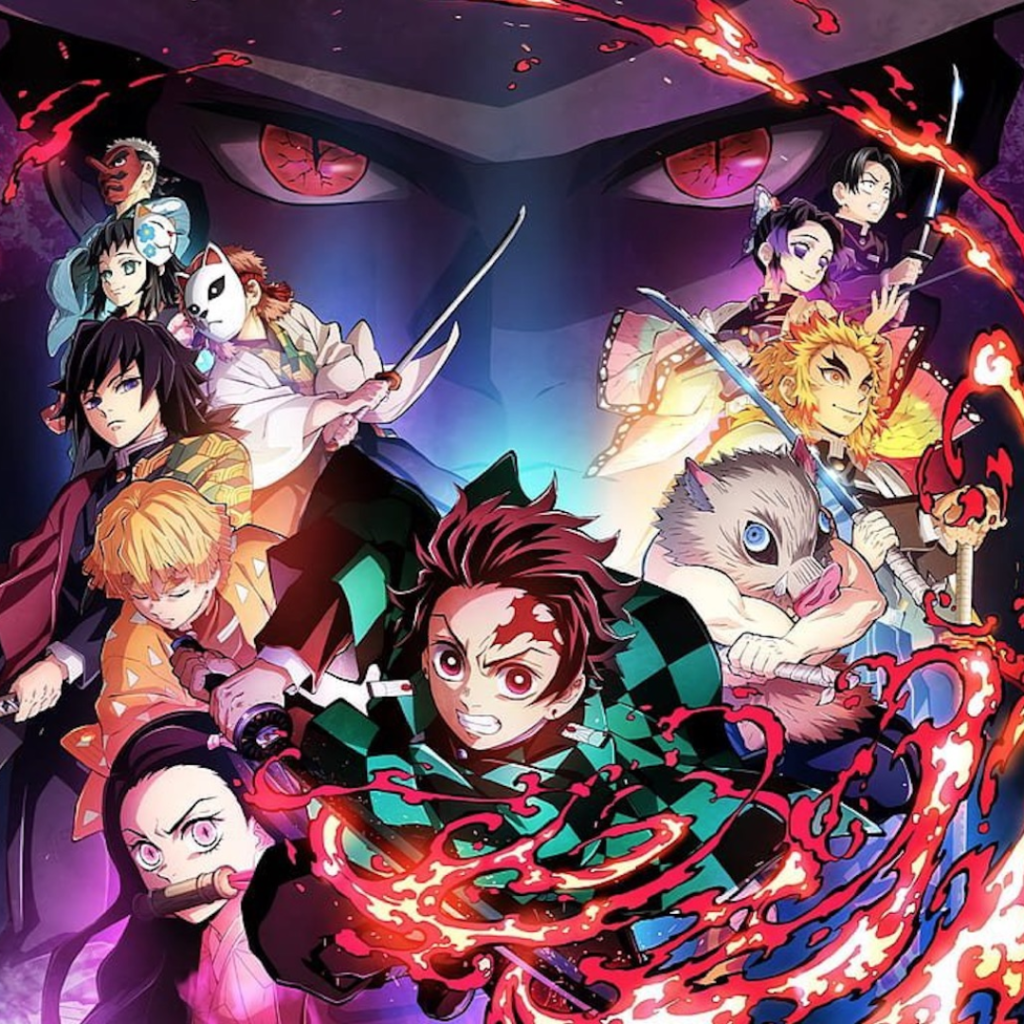
Unforgettable Upper Moon Showdowns
The Emotional Showdown Against Upper Moon Six – Gyutaro and Daki
The battle against Gyutaro and Daki, two siblings bound by blood and their dark past, is one of the most complex fights in the series. This battle not only showcases the physical strength of Tanjiro, Zenitsu, and Inosuke but also delves into Gyutaro and Daki’s tragic backstory, making them sympathetic despite their cruelty.
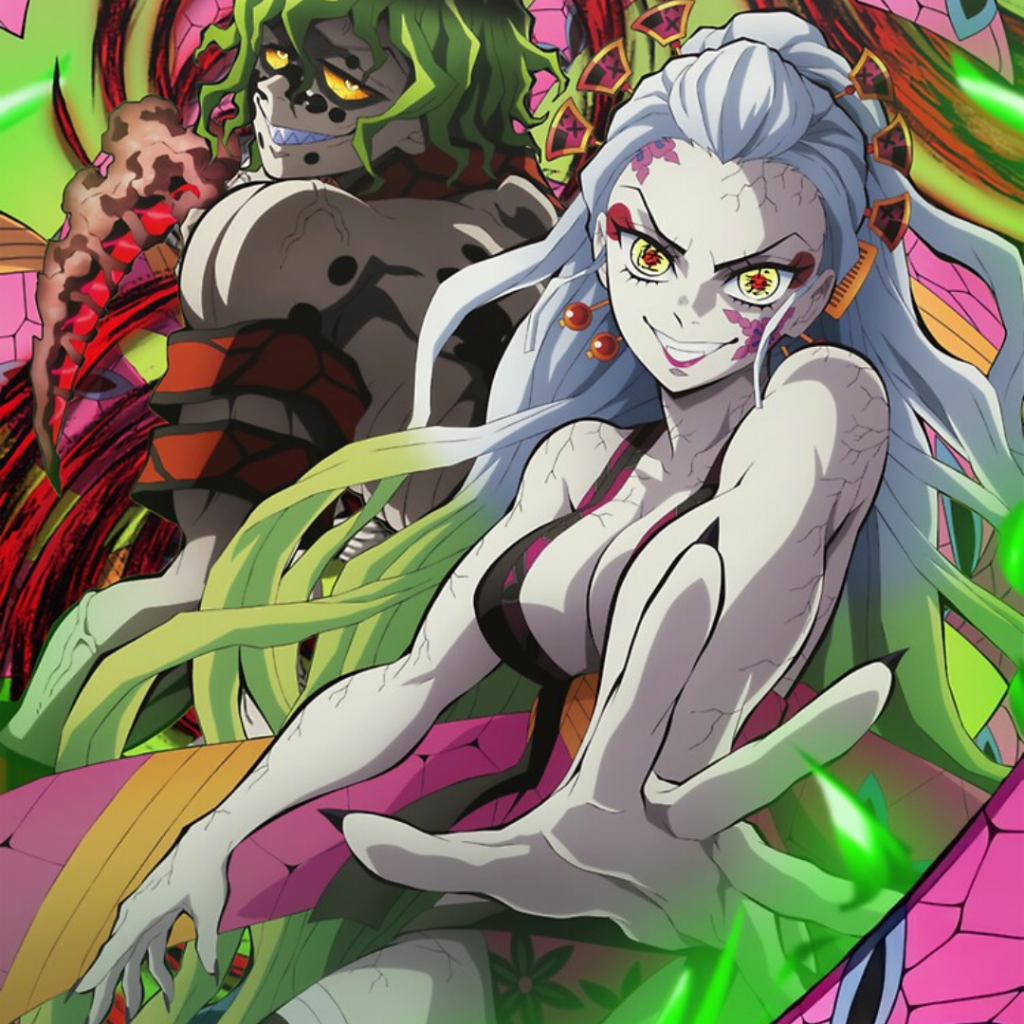
Upper Moon Five – Gyokko and the Power of Artistry
Gyokko, with his twisted fascination for beauty and art, brings a unique flavor to his battle. Facing off against the skilled swordsman Muichiro Tokito, Gyokko’s abilities emphasize grotesque artistry that transforms the battlefield into a disturbing, surreal nightmare.
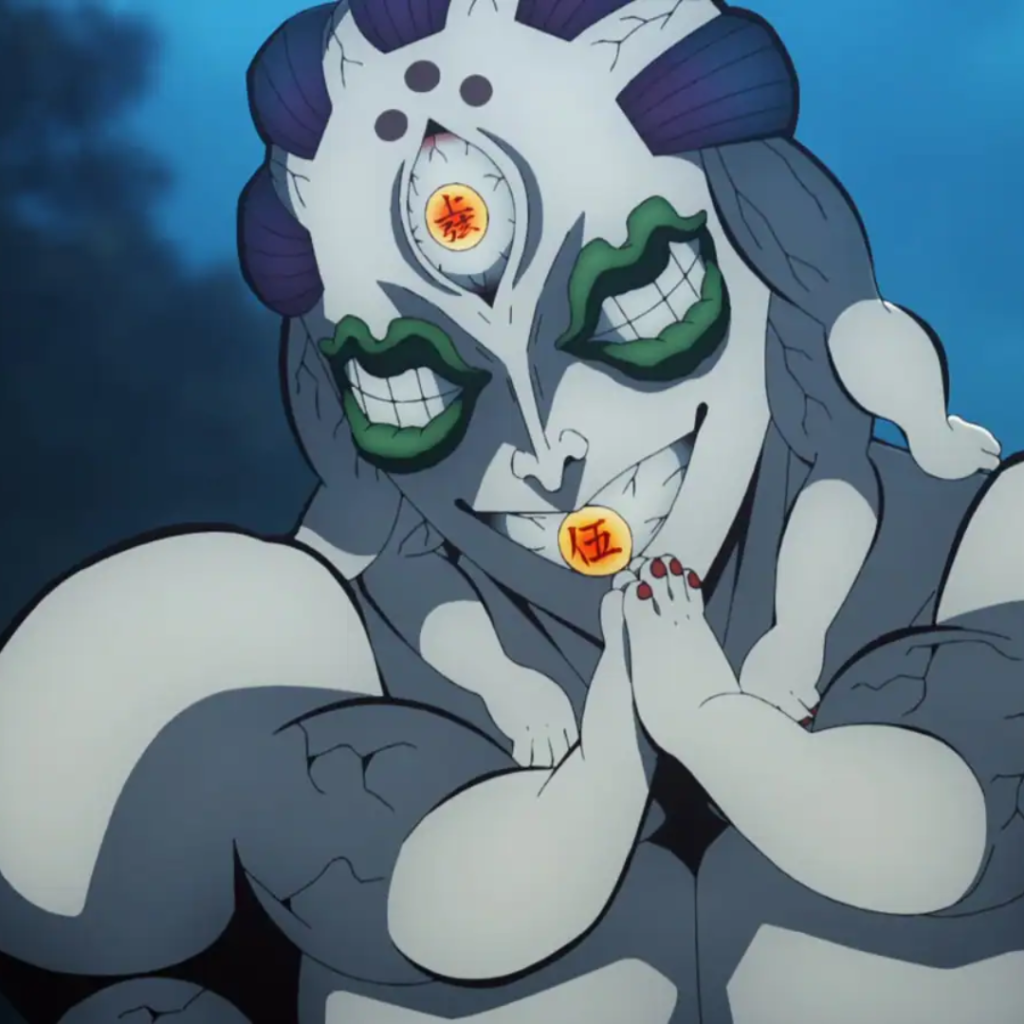
The Deadly Duel with Upper Moon Five – Gyokko
Hantengu’s deceptive powers force the Demon Slayers to confront a demon who splits into multiple personalities, each with a different fighting style and level of power. This battle reveals the cunning and unpredictability of the Upper Moons, challenging the Demon Slayers in ways they never expected.
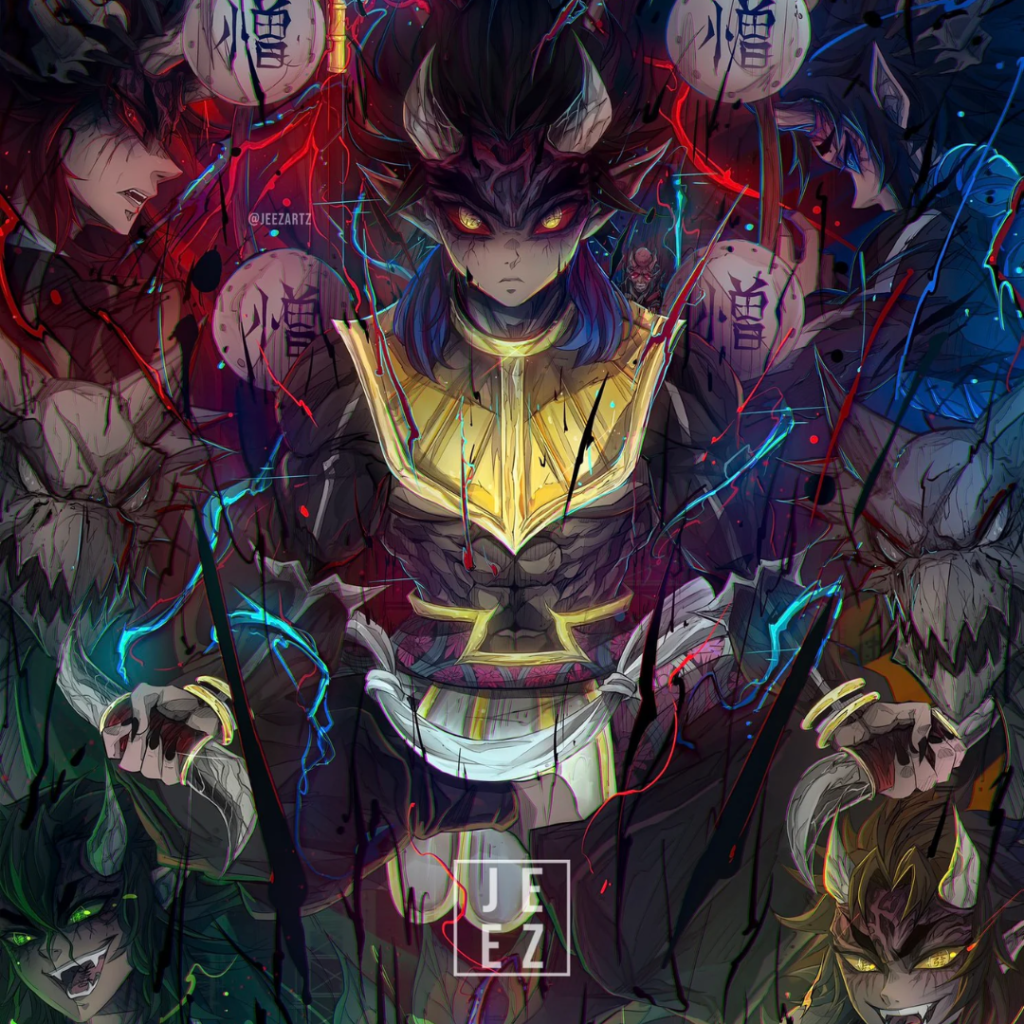
Exploring the Characters’ Growth Through Battle
Tanjiro’s Evolution in the Face of Darkness
Throughout the battles against the Upper Moons, Tanjiro evolves from a skilled swordsman to a warrior embodying the very spirit of the Demon Slayer Corps. His unwavering resolve and deep empathy set him apart, and his growth is both inspiring and heart-wrenching to witness.

Zenitsu’s Transformation from Coward to Hero
Zenitsu’s battle against Upper Moon demons reveals a side of him that even his closest allies have never seen. His bravery and determination emerge under pressure, making him a symbol of inner strength that resonates with Gen Z readers.
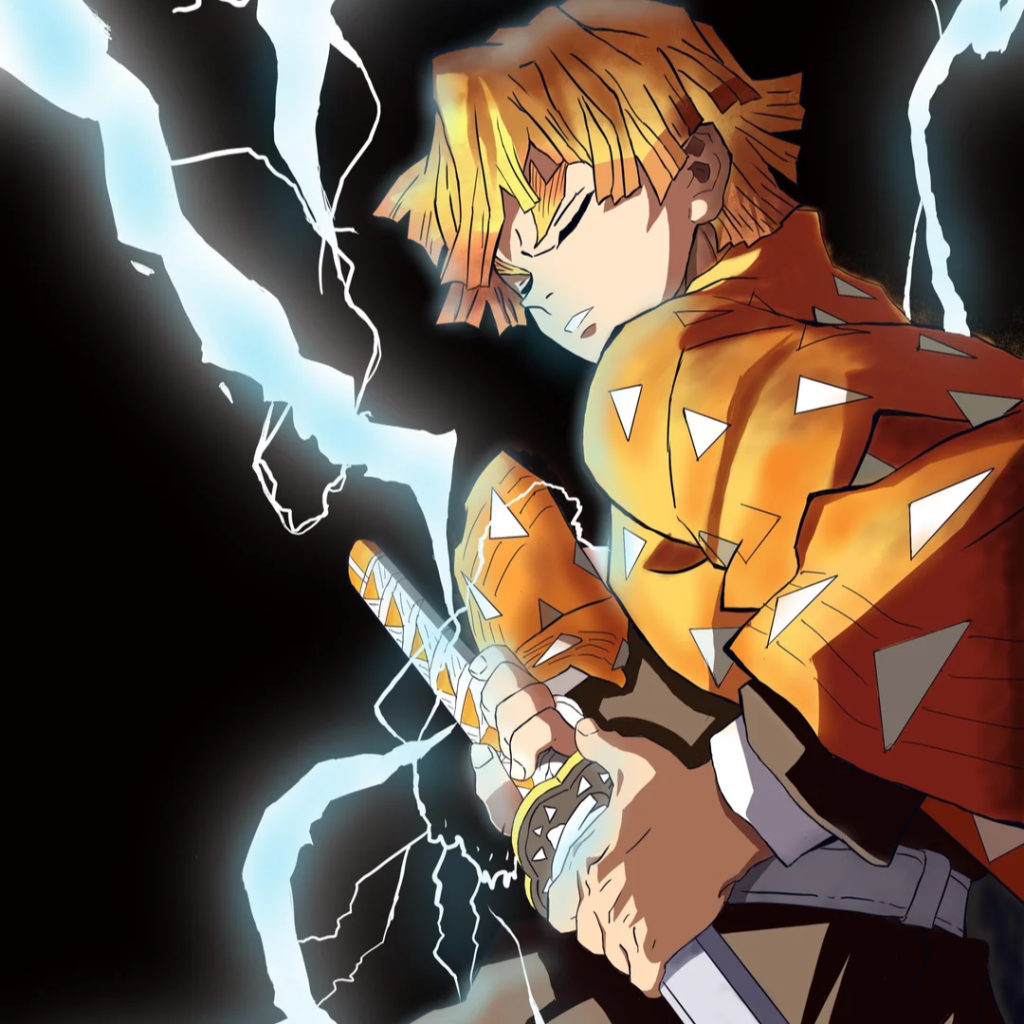
Inosuke’s Fierce Loyalty and Determination
Inosuke’s journey is about more than just brute strength. His loyalty to his friends and refusal to back down make him a memorable character, even when faced with demons much stronger than himself. His battles reflect his unbreakable will and courage.
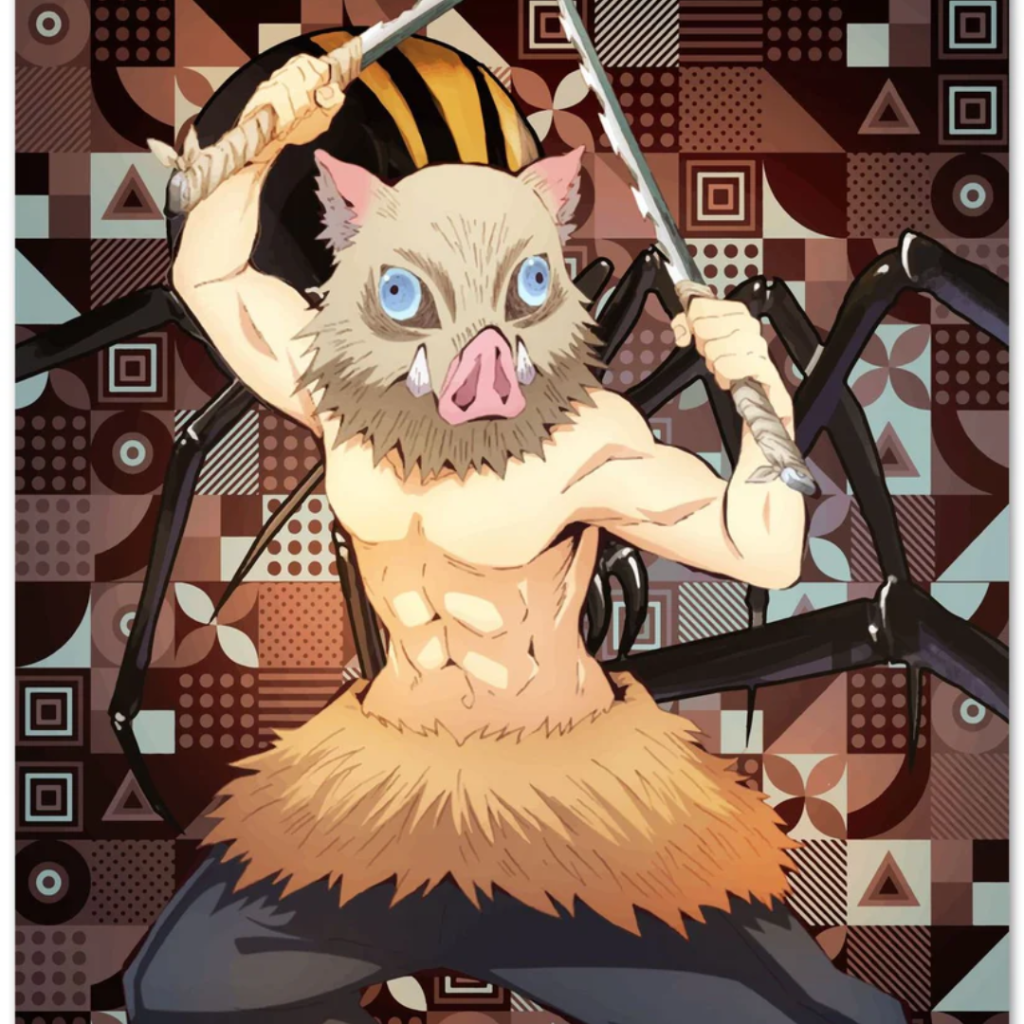
The Upper Moons: Unraveling the Mystery Behind the Powerhouses
Who Are the Upper Moons?
The Upper Moons, also known as the Kizuki, are the elite warriors of Muzan Kibutsuji’s demon army. Only six demons can hold the title of Upper Moon, each with power rivaling an entire army of regular demons. Their backstories and powers add layers to their monstrous personas.
The Role of Blood Demon Arts in Defining Strength
Each Upper Moon possesses a unique Blood Demon Art, a supernatural ability tailored to their personality and combat style. These arts bring a unique element to each fight, requiring Demon Slayers to adapt quickly to survive.
The Emotional Conflict Between Humanity and Demons
Despite their brutal nature, many Upper Moons carry a tragic history that led them to become demons. Demon Slayer excels at presenting these demons as tragic figures rather than simple villains, forcing readers to question the nature of good and evil.
Artistry and Storytelling in the War with the Upper Moons
Koyoharu Gotouge’s Unique Art Style and Battle Choreography
Koyoharu Gotouge’s art brings every fight to life with intricate details and intense motion, capturing the chaos and emotion of battle. The character designs, especially those of the Upper Moons, add a haunting beauty to each panel.
Emotional Impact and the Power of Storytelling
The battles with the Upper Moons are as much about emotional impact as they are about action. Gotouge’s storytelling highlights the relationships, sacrifices, and motivations of each character, making readers feel the weight of every victory and loss.
The Influence of Japanese Mythology and Culture
From the use of traditional weaponry to the Japanese aesthetic of the demons’ designs, Demon Slayer draws from Japanese culture and mythology. This adds a layer of authenticity and depth that makes the story especially appealing to fans of fantasy and Japanese folklore.
Personal Reflections: Why the War with the Upper Moons Resonates
A Fan’s Take on Tanjiro’s Journey
Tanjiro’s determination to protect his loved ones and save his sister is incredibly moving. His journey against impossible odds captures the essence of resilience and has inspired many fans to never give up on their own struggles.
Zenitsu and Inosuke: Underdog Heroes
Zenitsu and Inosuke’s growth from scared and reckless teens to capable Demon Slayers is a testament to the power of friendship and inner strength. Watching them evolve has been a highlight, as they’ve shown that anyone can become a hero with the right motivation.
The Upper Moons as Tragic Villains
As fearsome as the Upper Moons are, their tragic pasts create a complex image of villainy. This duality adds a layer of realism to the story, as we see how desperation and hardship can lead people down dark paths.
The Impact of the Upper Moons Arc on Manga and Anime Culture
Why the Upper Moons Arc is a Masterpiece in Shonen Manga
The war with the Upper Moons is one of the most celebrated arcs in Demon Slayer for its emotional storytelling, memorable battles, and complex characters. It stands out as a masterpiece in the shonen genre.
The Influence of Demon Slayer on Modern Manga
Demon Slayer has become a cultural phenomenon, influencing other manga and anime with its unique blend of action, emotion, and cultural themes. This arc, in particular, highlights how far the genre has come.
The Future of Shonen Manga after Demon Slayer
With Demon Slayer setting new standards, future shonen manga are now expected to provide a similar level of depth, character growth, and emotional weight. Fans are excited to see where the genre will go from here.
Why the War with the Upper Moons is an Arc You’ll Never Forget
The War with the Upper Moons in Demon Slayer is much more than a series of battles—it’s a journey of growth, sacrifice, and unforgettable character moments that will stay with you long after you’ve finished reading. The Upper Moons arc combines heart-pounding action with deep emotional beats, creating a story that resonates with readers worldwide and especially with Gen Z fans. It’s a true testament to the power of manga storytelling.
